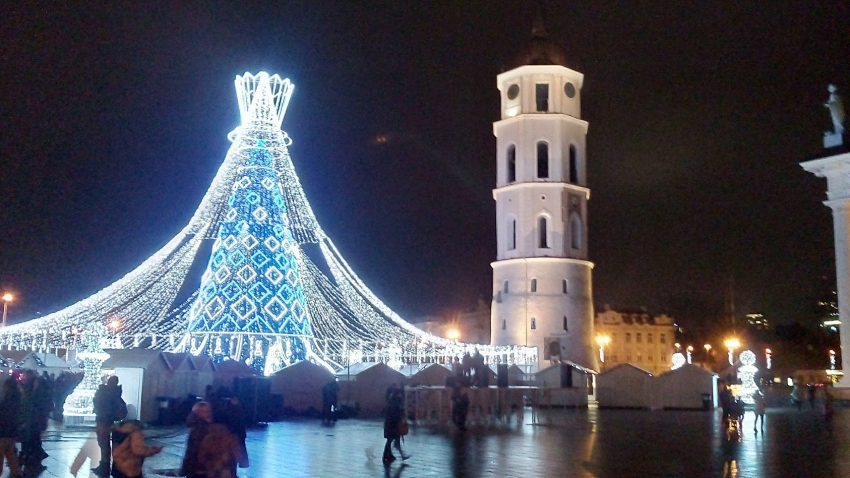Views: 294
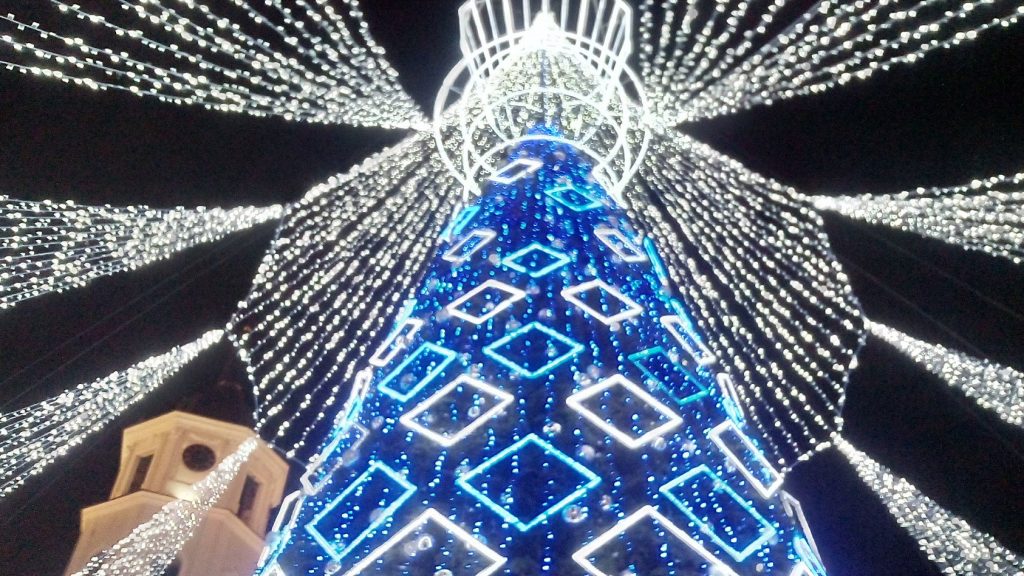
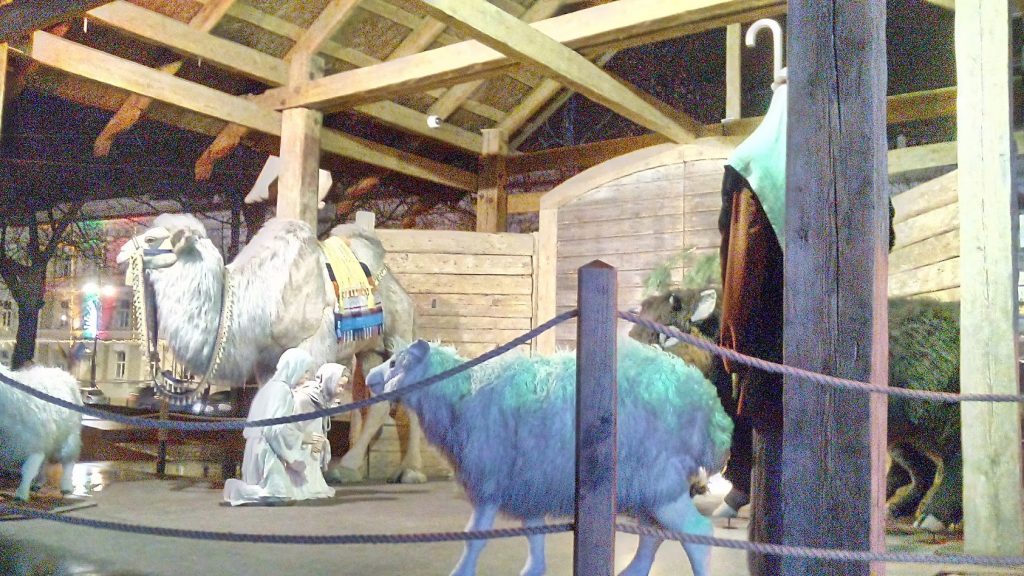
 Cathedral Basilica of Vilnius is erected on the place of the pagan altar with a ceasred fire to the pagan god Perkūnas (god of Thunder)
Cathedral Basilica of Vilnius is erected on the place of the pagan altar with a ceasred fire to the pagan god Perkūnas (god of Thunder)
All photos are copyrighted by Vladislav B. Sotirovic
© Vladislav B. Sotirovic 2019
RELATED POSTS

One of the focal touristic attractions in the Žvėrynas district of Vilnius is the traditional type of the wooden houses coloured in different coloursŽvėrynas means "menagerie" or "beastland". In the 19th century a forest grew in this areaSince 1893, the process of urbanization of the district of Žvėrynas started with the building of wooden and brick villas and summerhouses. Today, this district of Vilnius is a prestigiuos residential part of the capitalAll photos are copyrighted by Vladislav B. Sotirovic© Vladislav B. Sotirovic 2020
Continue Reading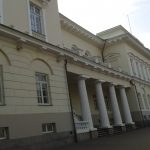
The main façade of the Presidential Palace (Prezidentura) in Vilnius at Simonas Daukantas SquareThe presidential coat-of-arms is adorning the entrance to the President's Chancellery on University StreetThe Inner Courtyard of the Presidential Palace - the palace of the President of the Republic of Lithuania since 1997All photos are copyrighted by Vladislav B. Sotirovic© Vladislav B. Sotirovic 2018
Continue Reading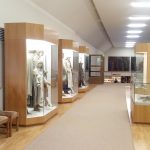
The museum is located in the north wing of the Old Arsenal and looks at Neolithic, Bronze and Iron Age Lithuania followed by the various tribes that inhabited the area until they combined to form a state in the 13th centuryThe museum displays object found in burial sites, such as pins, amulets, rings, brooches, knives or necklaces. You can as well as see regional dressses of Lithuanian tribes before the formation of the state in the mid-13th century The museum shows a hoard of some 16.000 17th-century coins found in 1999 in Vilnius. It is believed that the hoard may have been hidden during the 1700-1721 Great Northen War. Nevertheless, it is the largest collection of old coins to be found in Lithuania All photos are copyrighted by Vladislav B. Sotirovic© Vladislav B. Sotirovic 2020
Continue Reading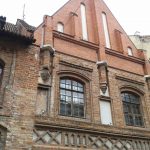
There were formerly two separate Gothic houses. Both were built before 1514 and belonged to clergy, goldsmiths, a surgeon and pharmacists. During the 1655-1661 war with Russia they were damaged and handed over to the capitulary of the Cathedral, which had them rebuilt in the Baroque styleThe building were severely damaged during the Second World War and renovated in 1957-1960Decorative Gothic façades and cylindrical vaults in the basement and on the ground floor have been reconstructed All photos are copyrighted by Vladislav B. Sotirovic© Vladislav B. Sotirovic 2019
Continue Reading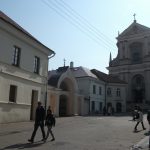
It was built from 1633 to 1654 under the patronage of the Vice-Chancellor of the Grand Duchy of Lithuania, Stephen Pac. Most probably the exterior was designed by Italian Constantino Tencalla. The exterior of the Church of St. Theresa is designed according to the models of Roman architecture: it is noble and harmonious, built along with the vertical principle with volutes and side obelisksThe St. Theresa Church (left) is located at Dawn St. nearby the Gate of Dawn (at the top) that is famous for its miraculous image of the Mother of Mercy (or Mary of Vilnius)The chapel is built by the Barefoot Carmelite monks for the miraculous picture of Mary of Vilnius in 1671. The St. Theresa Church was built with a large Barefoot Carmelite Monastery, established near Vilnius' defensive wall All photos are copyrighted by Vladislav B. Sotirovic© Vladislav B. Sotirovic 2018
Continue Reading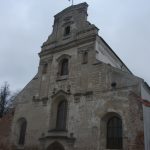
The church is Gothic, with some Baroque forms that it acquired in the late 18th centuryIn 1812 the church was partly destroyed by the French army that used it as a granary. Since 1864 the church was closed and converted into an archive The church adjoins a monastery, the oldest in Lithuania, whose construction began in Gediminas' times (in 1334)All photos are copyrighted by Vladislav B. Sotirovic© Vladislav B. Sotirovic 2018
Continue Reading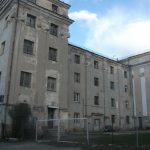
The building was noted for its stately late Baroque appearance. Michelangelo Palloni and Pietro Perti are thought to be the authors of the decorationsNoteworthy is an interesting Baroque pediment with a stucco bas-reliefA courtyard of the estate. Today, the buildings belongs to the Lithuanian Academy of Music and TheatreAll photos are copyrighted by Vladislav B. Sotirovic© Vladislav B. Sotirovic 2020
Continue Reading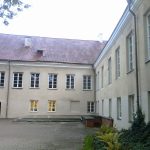
Earlier in this courtyard was an artillery school. The Rector of the Vilnius University S. Malewski as well as lived in the building of this courtyardA poet Adam Mickiewicz spent much time with his son in their house in 1818-1819. As the first-year student, he lived in one of those buildings. Later, it became a gathering place of the PhilomatsThe courtyard is surrounded by two-storey buildings. A Gothic façade of one of them is facing Pilies StreetAll photos are copyrighted by Vladislav B. Sotirovic© Vladislav B. Sotirovic 2023
Continue Reading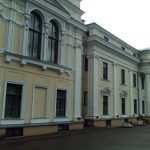
Of the two wings, only the east one is open to the public. It is used as a venue for art-exhibitions, usually for work by contemporary artistsThe east wing was given a tower in the mid-19th century. As viewing a show, visitors can admire its lavishly decorated rooms, with their elaborate woodwork and intricately painted walls and ceilingsThe most magnificent building is the eastern maintenance building, in which the interiors of the second half of the 18th century have been restoredAll photos are copyrighted by Vladislav B. Sotirovic© Vladislav B. Sotirovic 2021
Continue Reading
A geographical centre of Europe - 25 km far from Vilnius. From 2015 Summer You will get a special Certificate that you have visited the Geographical center of Europe. Don't miss the chance to get it for freeThe Baltic States of Europe - Estonia, Latvia & LithuaniaVytis (The Knight) - The Coat of Arm of both historical Grand Duchy of Lithuania and present-day the Republic of LithuaniaOrigins of images: Facebook, Twitter, Wikimedia, Wikipedia, Flickr, Google, Imageinjection & Pinterest.Read our Disclaimer/Legal Statement!Donate to Support UsWe would like to ask you to consider a small donation to help our team keep working.
Continue Reading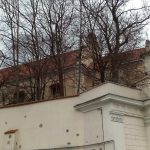
The church was originally Gothic but in 1750-1755 it was restored according to design by Franz Ignatius Hoffer and acquired some late Baroque and Rococo featuresNearby the church building stand the 17th-18th-century buildings of the Carmelite Monastery which had a rich archive and library. A study centre opereted there. In 1797-1944 it housed the Ecclesiastical Seminary Today the buildings are used by the Centre for Book Research and Libraries, and the church is closed to the publicAll photos are copyrighted by Vladislav B. Sotirovic© Vladislav B. Sotirovic 2020
Continue Reading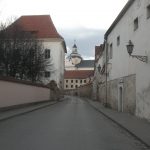
At the Church of the Holy Spirit, a Dominican monastery was established on St. Ignatius Street in 1501. In the 19th century, the buildings of the monastery were converted into a prison The entrance from St. Ignatius Street to the former old Jesuit Novitiate: arranged around three courtyards. It is the same age as the nearby Church of St. IgnatiusThe Church of St. Ignatius was erected from 1622 to 1647 being devastated by fires in 1748-1750. It suffered during the war against Russia from 1655 to 1661. The porch was added in the 19th century.All photos are copyrighted by Vladislav B. Sotirovic© Vladislav B. Sotirovic 2020
Continue Reading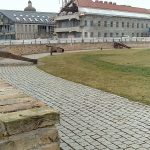
The architect of the Vilnius Bastion is unknown. The building that rose in the early 17th century is attributed to the period of late Renaissance and in that period Vilnius did not have a municipal architectThe wars of the mid-17th century and the 18th century weakened the military power of the Grand Duchy of Lithuania. The army led by the Russian Emperor Aleksey Mikhailovich approached Vilnius in August 1655 and seized the cityWhen Vilnius was liberated in 1660, the city's defensive fortifications needed repair. However, there was not enough funds and the citizens were unable to maintain defensive fortifications, supply them with arms and gunpowder and provide securityAll photos are copyrighted by Vladislav B. Sotirovic© Vladislav B. Sotirovic 2020
Continue Reading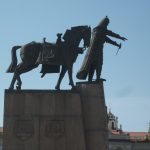
Grand Duke Gediminas is considered as the founder of the city of Vilnius. The monument is located in front of the Royal Palace and Cathedral Basilica in the very downtown of VilniusGediminas was a diplomatic politician, creating ties with the Roman Pope and other European rulers. He created favourable conditions for merchants and guildsmen to come to the city. Gediminas was a Grand Duke of the Grand Duchy of Lithuania from 1316 to 1341During the time of Gediminas, people of different ethnicities and confessions began to live in Vilnius. He is the founder of the Gediminian-Jagelonian ruling dynasty of Lithuania and later of Poland as well (till 1572)All photos are copyrighted by Vladislav B. Sotirovic© Vladislav B. Sotirovic 2018
Continue Reading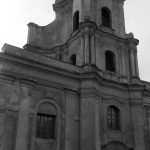
The Augustines established themselves on this site in Vilnius Old Town after 1661. The monastery date from the late 18th centuryIn 1833-1842 the monastery housed the Vilnius Spiritual Academy. In 1859 it was converted into a Russian Orthodox Church of St. AndrewIn 1918 the church was returned to the Roman Catholics and renovated. After WWII the interior was destroyed during the installation of a ferroconcrete ceiling; the church was used as a warehouse in the Soviet timeAll photos are copyrighted by Vladislav B. Sotirovic© Vladislav B. Sotirovic 2019
Continue Reading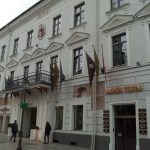
Polish King Jan Sobieski, Russian Emperor Alexander I and French Emperor Napoleon I visited the mansion on various occasions. The building was reconstructed in 1839-1841. The present façade is ClassicalA Florentine artist Michelangelo Palloni, was invited from Italy in 1674 to work at Pažaislis monastery and church near Kaunas, and Mykolas Kazimieras Pacas then commissioned him to paint frescoes for of this estate.Unfortunately, none of the original interior, which also included rich stucco work, remainsAll photos are copyrighted by Vladislav B. Sotirovic© Vladislav B. Sotirovic 2022
Continue Reading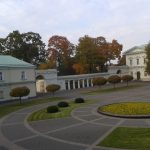
The palace has always been representional: rulers, kings, emperors and kings-to-be like Napoleon, Stanislaus August Poniatowski, Alexander I, Louis XVIII and others used to stay there on their visits to VilniusThe Soviets turned the palace into an officer's club later to be converted into Artist HouseIn 1939, when Vilnius had been part of Lithuania, plans to settle the Presidency in the palace were advanced. However, it was not until 1997 that these plans were carried outAll photos are copyrighted by Vladislav B. Sotirovic© Vladislav B. Sotirovic 2020
Continue Reading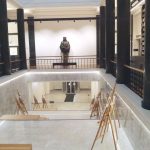
One of the meeting rooms in the library for public lectures, book presentations and discussionsOne of the exibition hallsOne of the Reading RoomsAll photos are copyrighted by Vladislav B. Sotirovic© Vladislav B. Sotirovic 2020
Continue Reading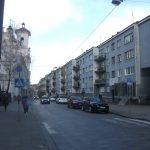
The Górecki estate in Dominikonų St. 15 is a two-storey Gothic house. It was built on this site in the late 15th or early 16th century. In 1649 it was bought by Vilnius UniversityZawisha estate is known since late 16th or early 17th century. It was renovated in the late 18th century. The façade is strictly symmetrical, done in the style of early Classicism. Renaissance vaults have survivedDominikonų Street is dominated by the Roman Catholic Church of the Holy Spirit and the Dominican Monastery (1501)All photos are copyrighted by Vladislav B. Sotirovic© Vladislav B. Sotirovic 2020
Continue Reading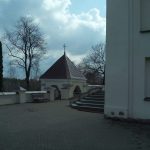
The church and Vilnius Calvary are an expression of gratitude to God for the liberation in 1661 of Lithuania from the Russian EmpireIt is the second oldest and once the most famous Calvary in Lithuania, revered by pilgrims and processions of believersThe late Baroque church was rebuilt in the 18th century. The central nave is decorated with 18th century mural paintings, the sacristy - with 18th century stucco relief worksAll photos are copyrighted by Vladislav B. Sotirovic© Vladislav B. Sotirovic 2021
Continue ReadingTraditional Wooden Houses in Žvėrynas
Presidential Palace
The Museum of Archaeology of Lithuania
Gothic Brick Architecture in Vilnius: Pilies (Castle) Str.
Church of St. Theresa and the Monastery of the Barefoot Carmelites
Church of the Assumption of the Holy Virgin Mary and the Franciscan Monastery
Słuszki Estate in Vilnius
Adam Mickiewicz Courtyard of the Vilnius University
The Verkiai Palace
Lithuania – Geographical Center of Europe
The Church of St. George the Martyr
St. Ignatius Street
The Bastion of the Vilnius Defensive Wall (II)
Monument to Lithuanian Grand Duke Gediminas
Church of Blessed Mary the Comforter and the Augustine Monastery
The Pac Mansion
The Inner Courtyard of the Presidential Palace in Vilnius
Martynas Mažvydas National Library of Lithuania (Inside)
Dominikonų Street in Vilnius
The Calvary Church of the Discovery of the Holy Cross

